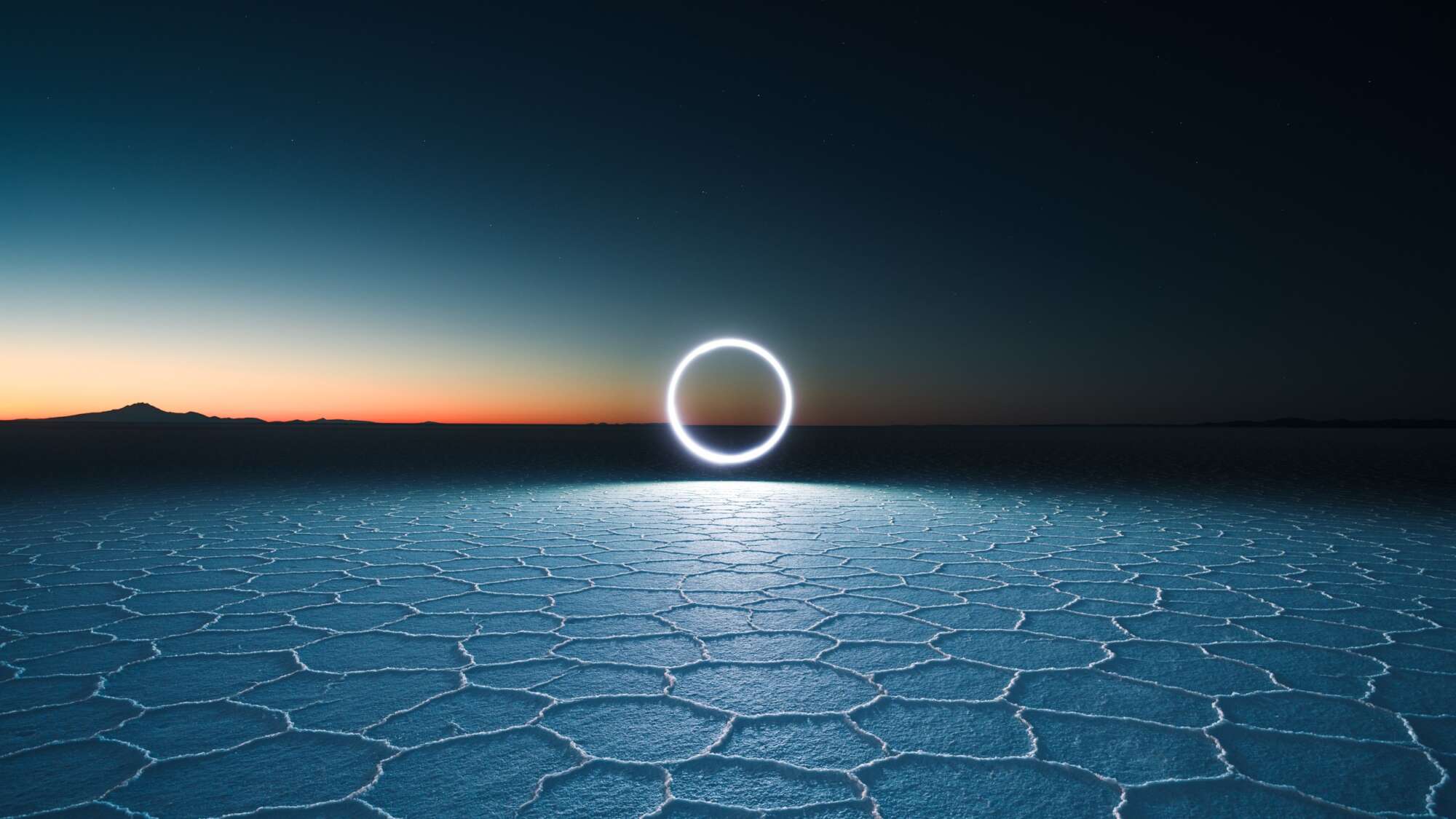Reuben Wu, a multidisciplinary artist who utilizes aerial lighting with drones and long-exposure photography, to tell compelling stories about the world we inhabit.
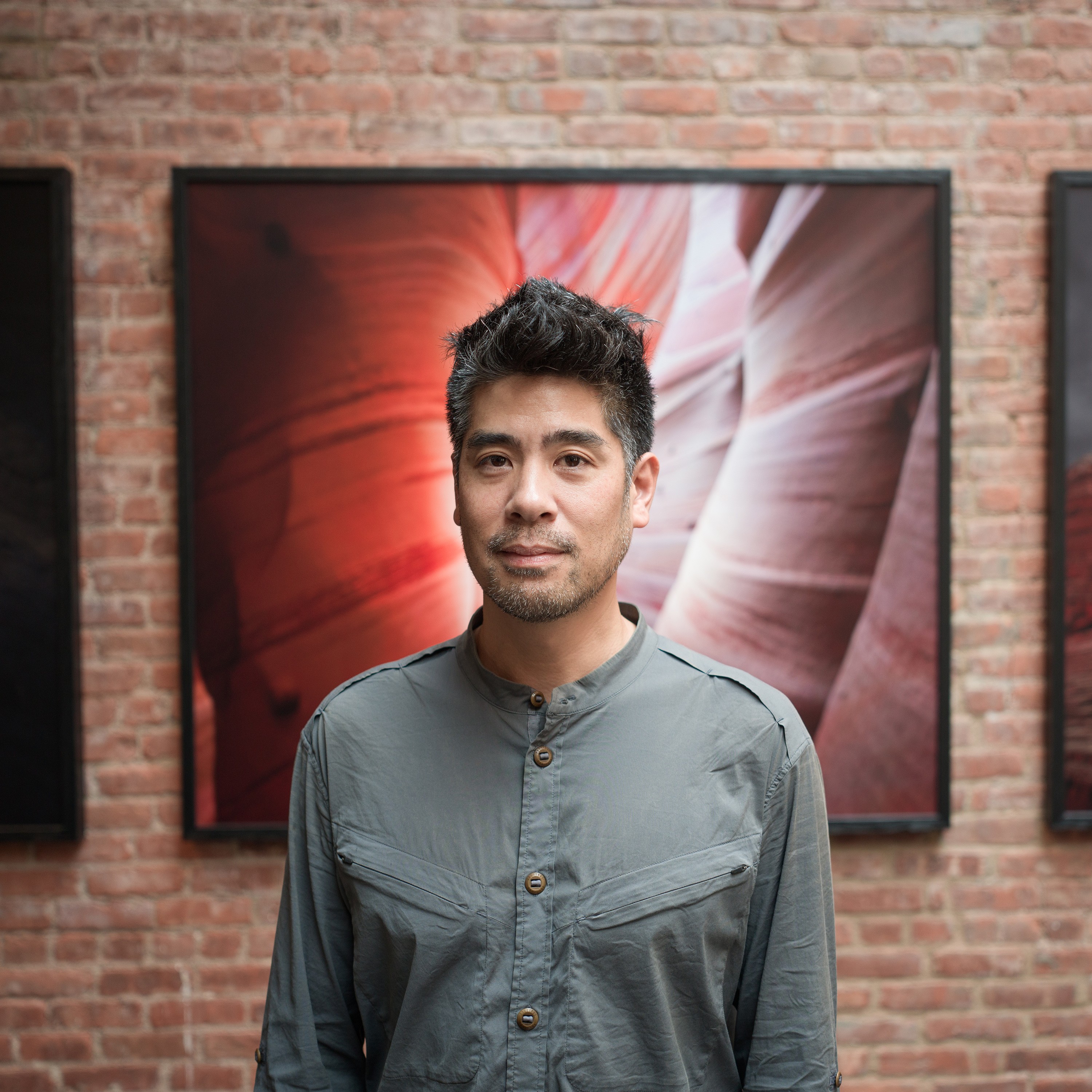
Austin Mann
Wu has helped redefine contemporary landscape photography, and his work is featured in the permanent collections of the Guggenheim Museum, The Metropolitan Museum of Art, and the MoMA.
A master of merging fine art with commercial collaborations, Wu has applied his talents to brands such as Apple and National Geographic Magazine.
When he is not taking photographs, Wu enjoys spending time with his family in Chicago. We are grateful that he found a free moment to answer a few questions.
The Interview
Q. Your work seamlessly blends photography, technology, and light—what first inspired you to experiment with drones as a lighting tool?
Wu: The idea came from an unexpected moment at Trona Pinnacles in 2014. I was shooting a time-lapse at night when a truck drove through the frame. Initially, I thought the shot was ruined, but watching how the headlights illuminated the pinnacles sparked something in my mind. It created this lighting effect that shouldn’t naturally exist.
Having a background in industrial design and engineering, I began experimenting with attaching lights to drones, bringing studio lighting control into vast outdoor spaces. This evolved into creating what I call Aeroglyphs – using the drone’s flight paths to create geometric light patterns above natural landscapes. It became a form of temporary land art, a way to interact with these environments without leaving any physical trace.
Q: Many artists chase a specific aesthetic, but your images feel like visions from another world. How do you conceptualize your projects before shooting?
Wu: I was deeply influenced by speculative fiction films like ‘Close Encounters of the Third Kind’ and ‘2001: A Space Odyssey’ – because they found ways to make the familiar feel extraordinary. My goal isn’t to make alien landscapes – it’s to reveal the extraordinary qualities of our own planet in ways people haven’t seen before.
Each series evolves differently. SIREN began as a sketch, moving away from geometric patterns toward something more fluid and organic. Other projects, like Lux Noctis, drew inspiration from 19th-century romantic painters like Caspar David Friedrich, but reimagined through a modern lens. The common thread is always trying to show familiar things in unfamiliar ways.
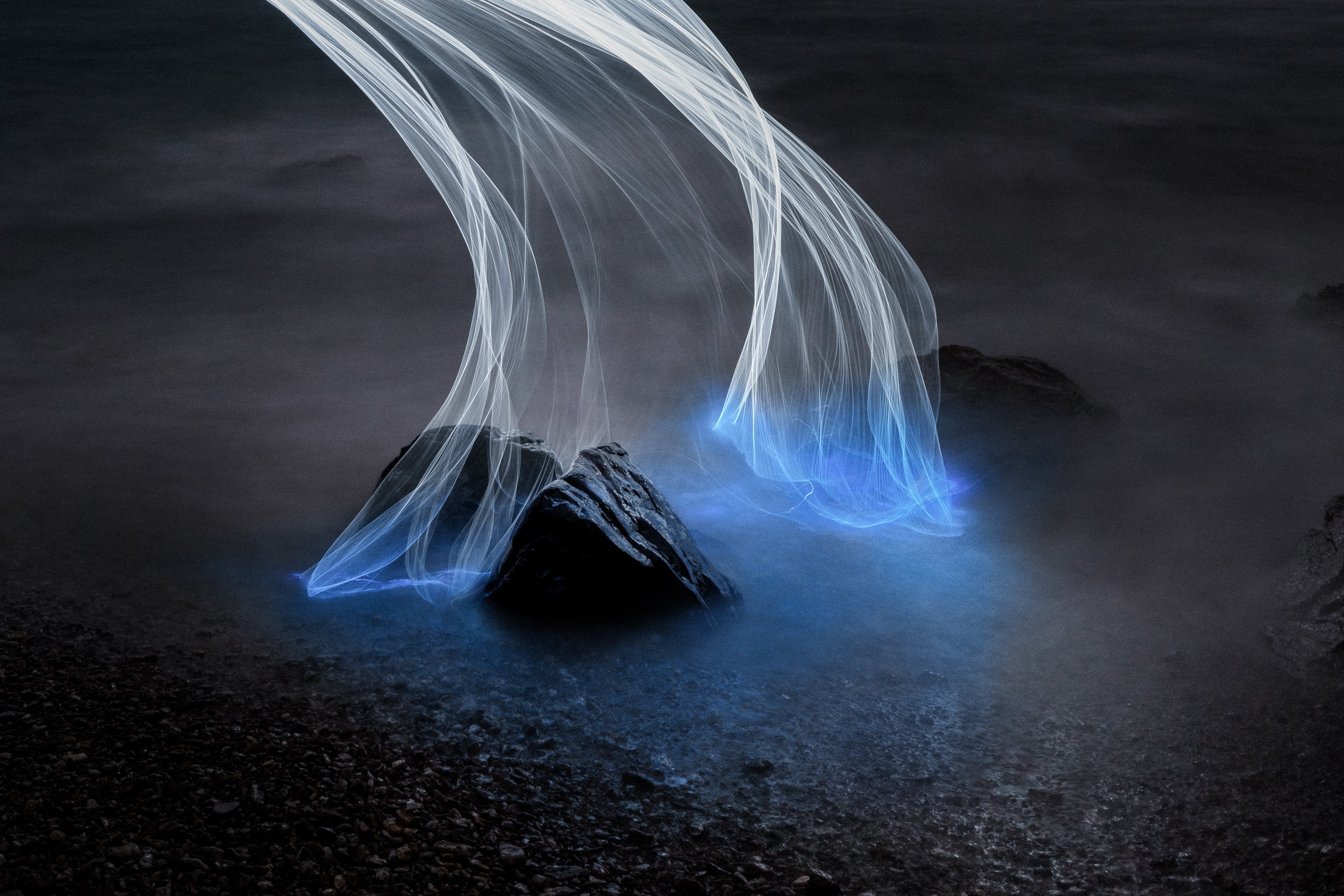
Q: How does your experience as a musician with Ladytron influence your visual art?
Wu: The music and visuals come from the same source of inspiration but express themselves differently. When I’m making music with the band, it’s collaborative; when I’m creating visual art, it’s solitary. I often think of shadows and highlights as being like bass and treble – it’s about finding the right balance between light and dark, high and low frequencies.
My years as a touring musician shaped how I approach photography in a practical sense. Those long hours on the road taught me patience, the value of solitude, and how to find beauty in unexpected places. Music taught me about rhythm, timing, and the power of empty space – all elements that I now use in my visual work.
Q: Your work often depicts landscapes in a surreal, almost extraterrestrial way. What draws you to these remote, untouched environments?
Wu: Growing up in industrial Liverpool, I found freedom in the nearby national parks – the Lake District, North Wales, the Yorkshire Dales. As a Chinese kid in a predominantly white population, these wild places became my refuge. They were where I felt most at ease, most myself.
What draws me to remote places isn’t just their beauty – it’s the solitude they offer. When you’re working in these environments at night, there’s a silence that you can’t find in the world of humans. The remoteness isn’t just about physical distance; it’s about finding spaces where you can strip away the preconceived and see things with fresh eyes.
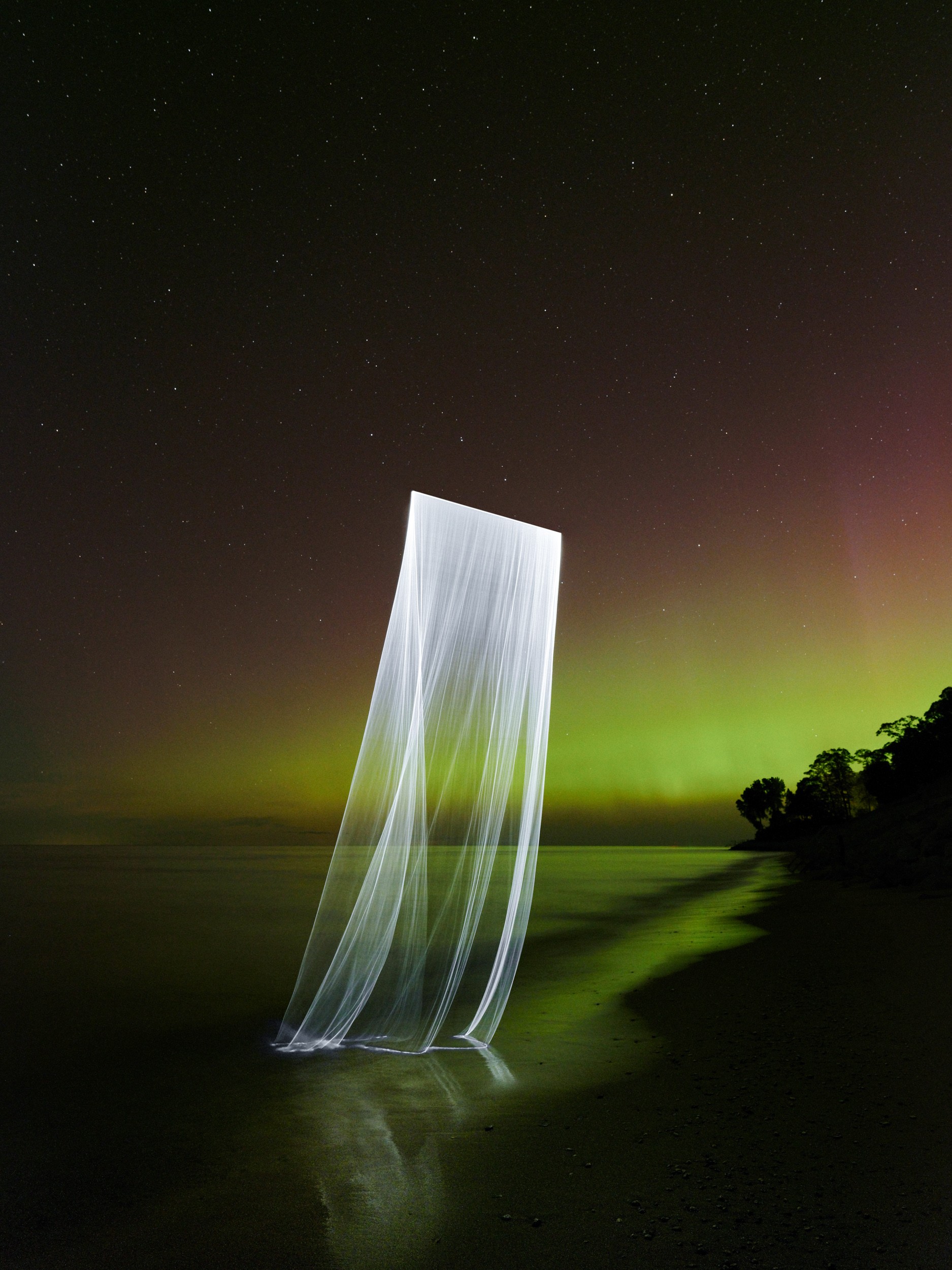
Q: You’ve worked with major brands like Apple and Mercedes while maintaining a distinct artistic voice. How do you balance commercial work with personal creative projects?
Wu: I’ve been fortunate that clients approach me for my vision rather than asking me to adapt to theirs. Take my recent work with Apple on ‘The Inner Landscape’ series – they were interested in seeing how I could apply my aesthetic in a more intimate way, using the iPhone. Instead of vast, expansive landscapes, we explored closer, more psychological spaces.
I see commercial projects not as compromises but as opportunities to evolve. These collaborations often provide access to locations, technologies, and production capabilities that can later inform my personal work. When there’s genuine alignment between artist and client, commercial projects become a platform for pushing creative boundaries.
Q: Light plays a crucial role in your images, not just in illuminating but in reshaping landscapes. How do you see the role of artificial light evolving in photography?
Wu: What interests me is building upon the long tradition of artificial lighting in landscapes but using new tools to approach it differently. While Lux Noctis used geometric patterns and precise illumination, SIREN explores something more organic – creating curtain-like structures of light that respond to their environment.
As technology evolves, we gain new tools, but the fundamental goal remains the same – using light to reveal something deeper about the places we photograph. It’s about creating a dialogue between artificial and natural light, using modern tools to build upon established photographic traditions.
Q: What’s the most challenging shoot you’ve ever done, either due to technical limitations, weather, or other unexpected factors?
Wu: The 2019 solar eclipse in Chile required two years of planning. We needed to capture the eclipse low on the horizon over the ocean, but with an eclipse, you only get one chance. The technical challenges were immense – we had to scout multiple locations and plan several backup routes accounting for weather patterns and accessibility.
Another challenging project was shooting in a narrow and flooded slot canyon during monsoon season. The confined space forced me to adapt my usual lighting techniques, but those constraints led to some of my favorite images. What I’ve learned is that difficulties often push you to find creative solutions.
Q: In an age where AI and digital art are rapidly evolving, where do you see the future of photography heading?
Wu: I’m as much in love with making photos as the final result – the hiking at night, feeling the wind, watching the moon eclipse the sun, that ecstatic feeling as the light changes. AI is an awesome tool, but humans create in ways machines can’t through emotional connections.
Before I used drones to light mountains, there was no existing visual reference for AI to recreate. It wasn’t something that could be envisioned until a human mind made those connections.
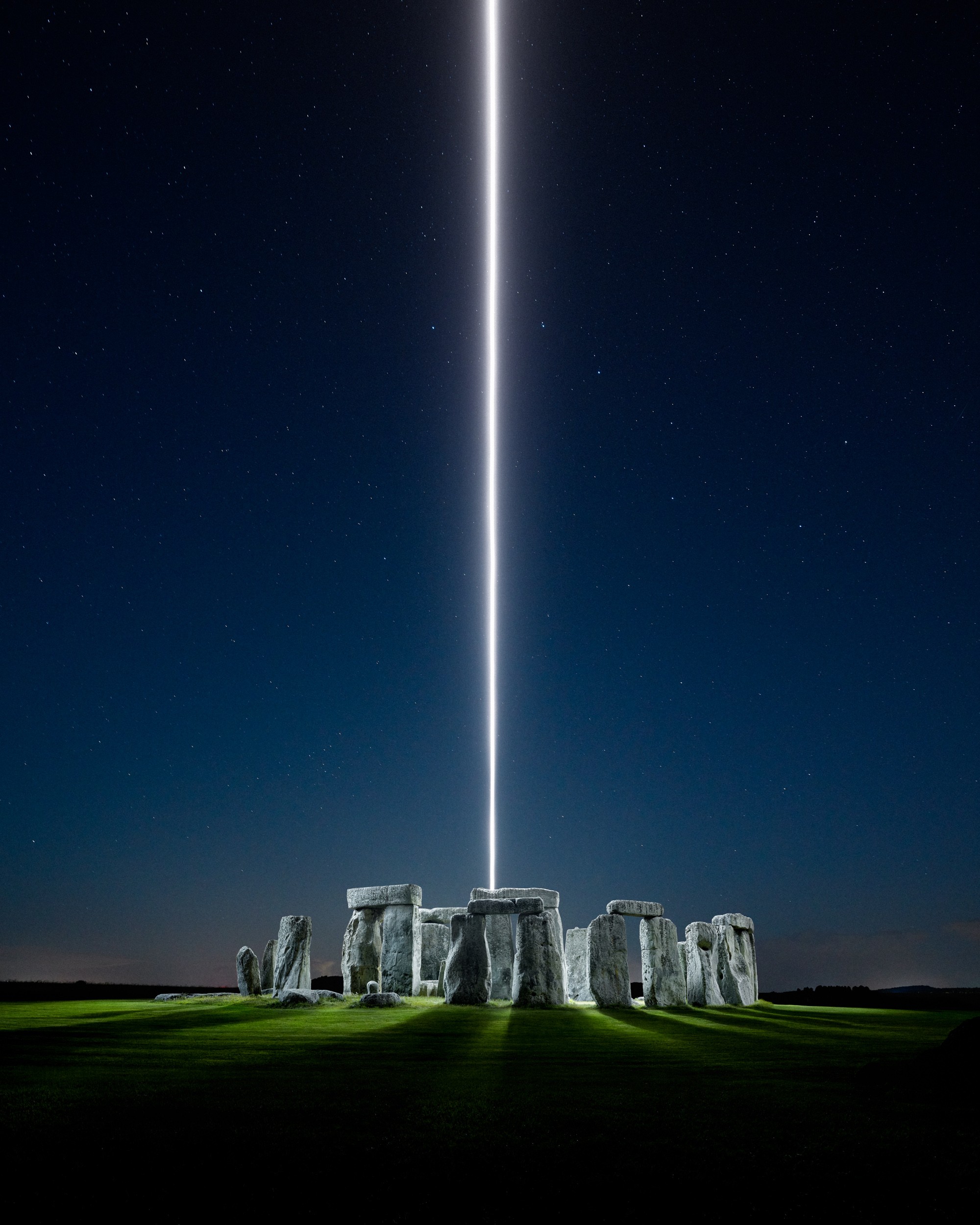
Q: Your work evokes a sense of solitude and wonder. How does your personal connection to nature shape your creative vision?
Wu: I’m very conscious that broadcasting images of these landscapes is a double-edged sword. It’s a conflict I’m constantly dealing with, but I hope that by changing people’s perceptions of these places, I can help preserve them.
What I’m trying to capture isn’t just visual beauty, but that feeling of standing alone in a vast space, that moment when you feel both incredibly small and deeply connected to something larger than yourself. It’s about sharing not just what these places look like, but what it feels like to be there.
Q: If you could travel to any location—on Earth or beyond—for a dream photography project, where would it be and why?
Wu: Antarctica represents one of the last truly remote and pristine environments on Earth— The idea of capturing the interplay of artificial light with ancient ice formations, or documenting the polar nights, feels like a natural evolution of my work.
But sometimes the most extraordinary places are closer than we think. Lake Michigan continues to surprise me with its ever-changing moods. The key isn’t always about traveling to the most remote location, but about seeing familiar places with new eyes, creating the extraordinary in places others might consider ordinary.
You can learn more about Wu’s work by visiting his website (www.reubenwu.com) or his instagram (instagram.com/reuben).
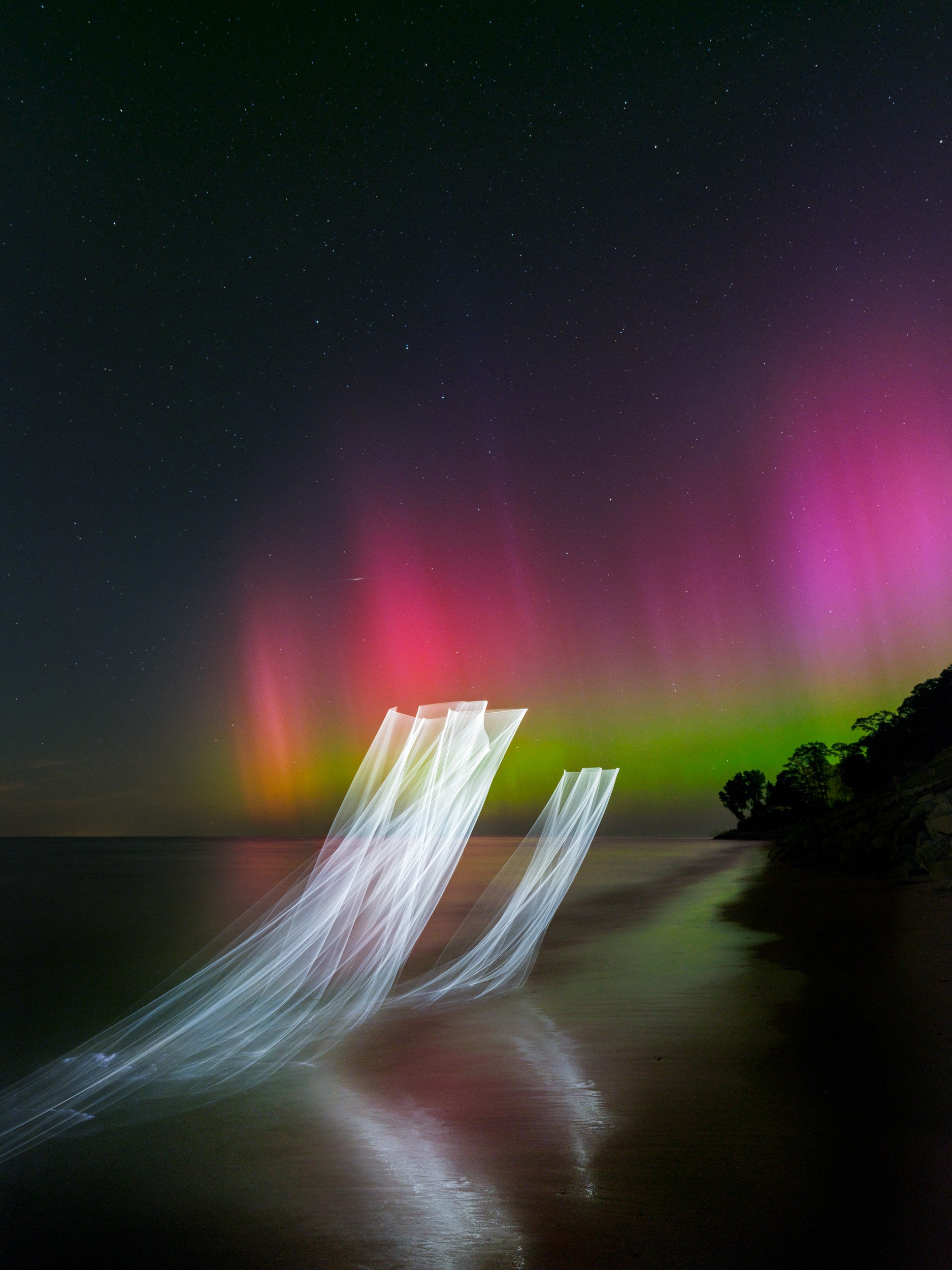
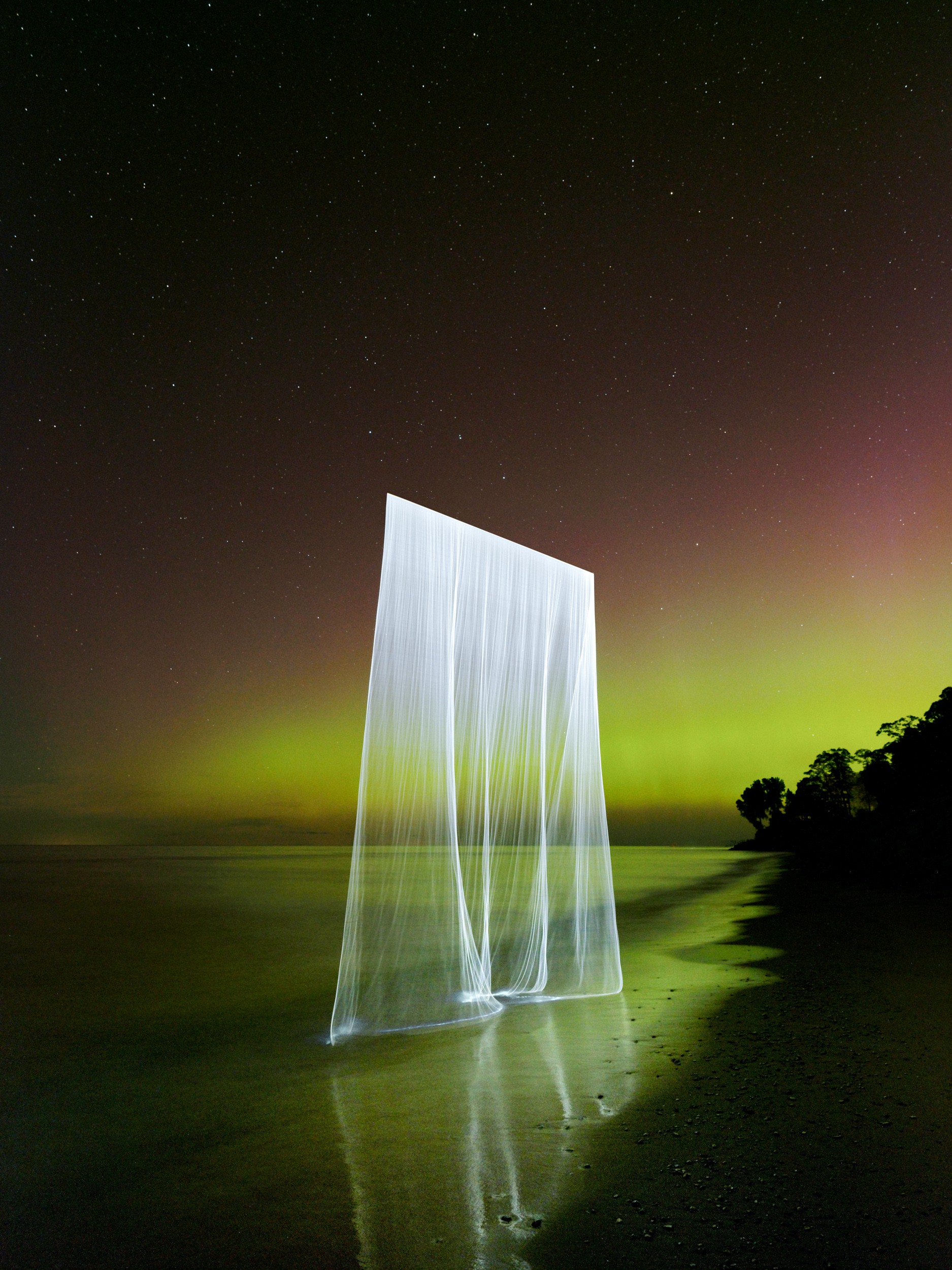
*All images and information are © Reuben Wu unless otherwise stated.
Disclaimer: The views and opinions expressed in this interview are those of the interviewees and do not necessarily reflect the views or positions of Public Health Landscape or Valent BioSciences, LLC.
